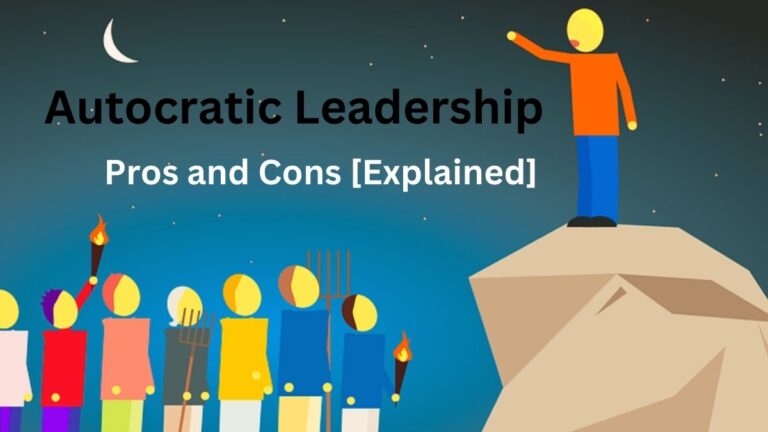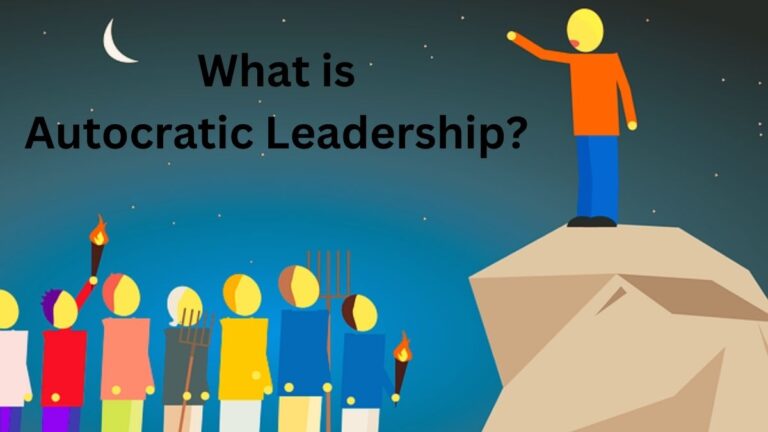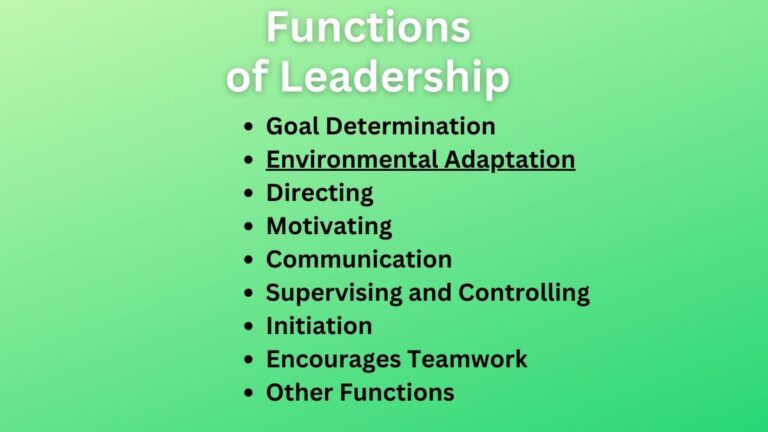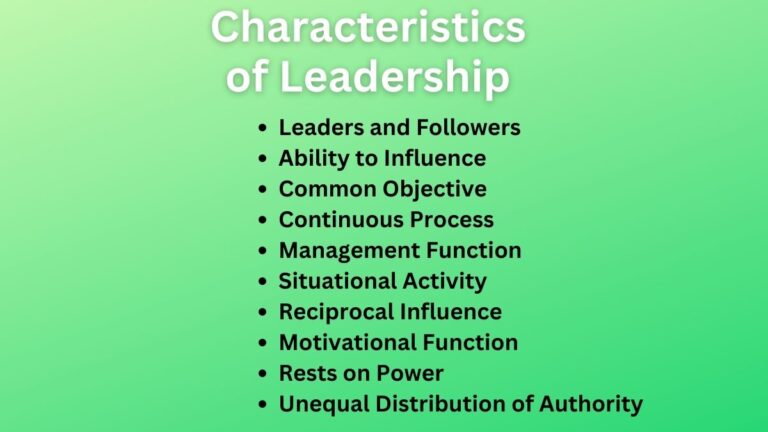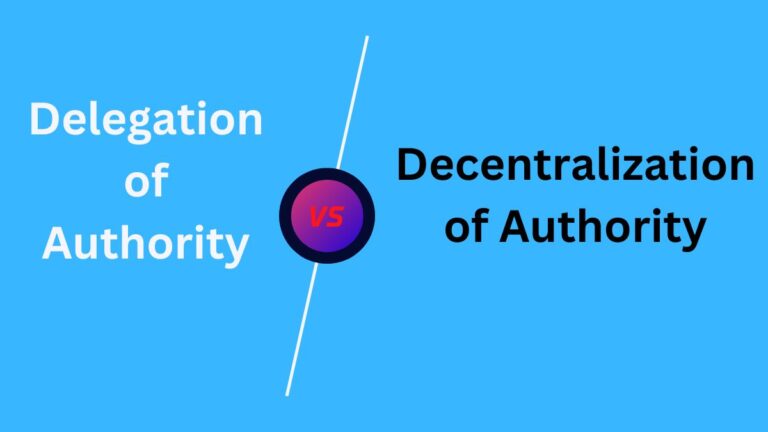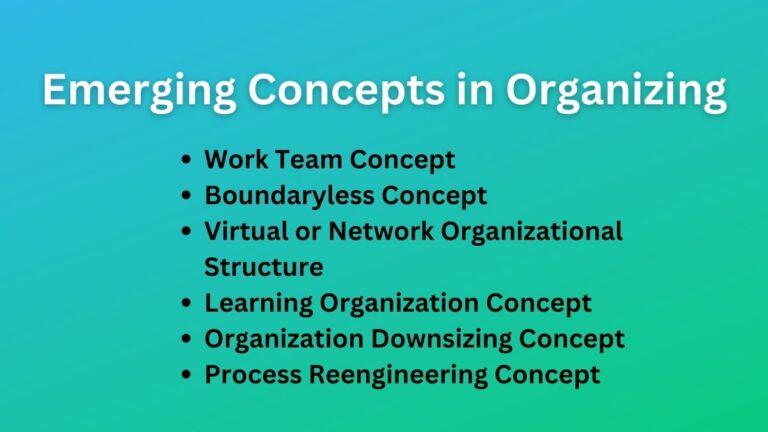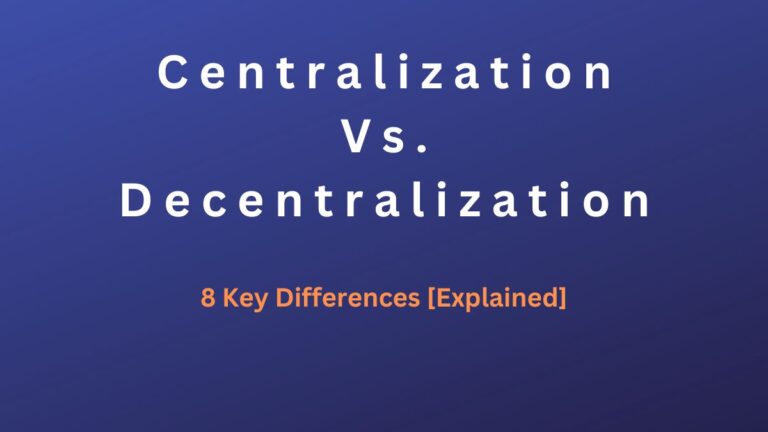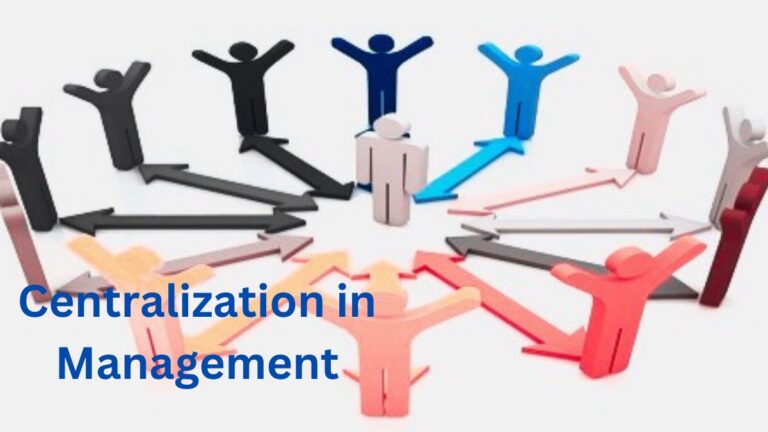8 Advantages and 7 Disadvantages of the Autocratic Leadership Style [Explained]
Advantages and Disadvantages of Autocratic Leadership Autocratic leadership can be defined as a leadership style where an individual leader holds the decision-making power over all organizational members and all activities. He has the sole authority to command, direct, and instruct all the team members. The following are the notable advantages and disadvantages of autocratic leadership…
